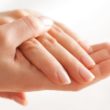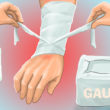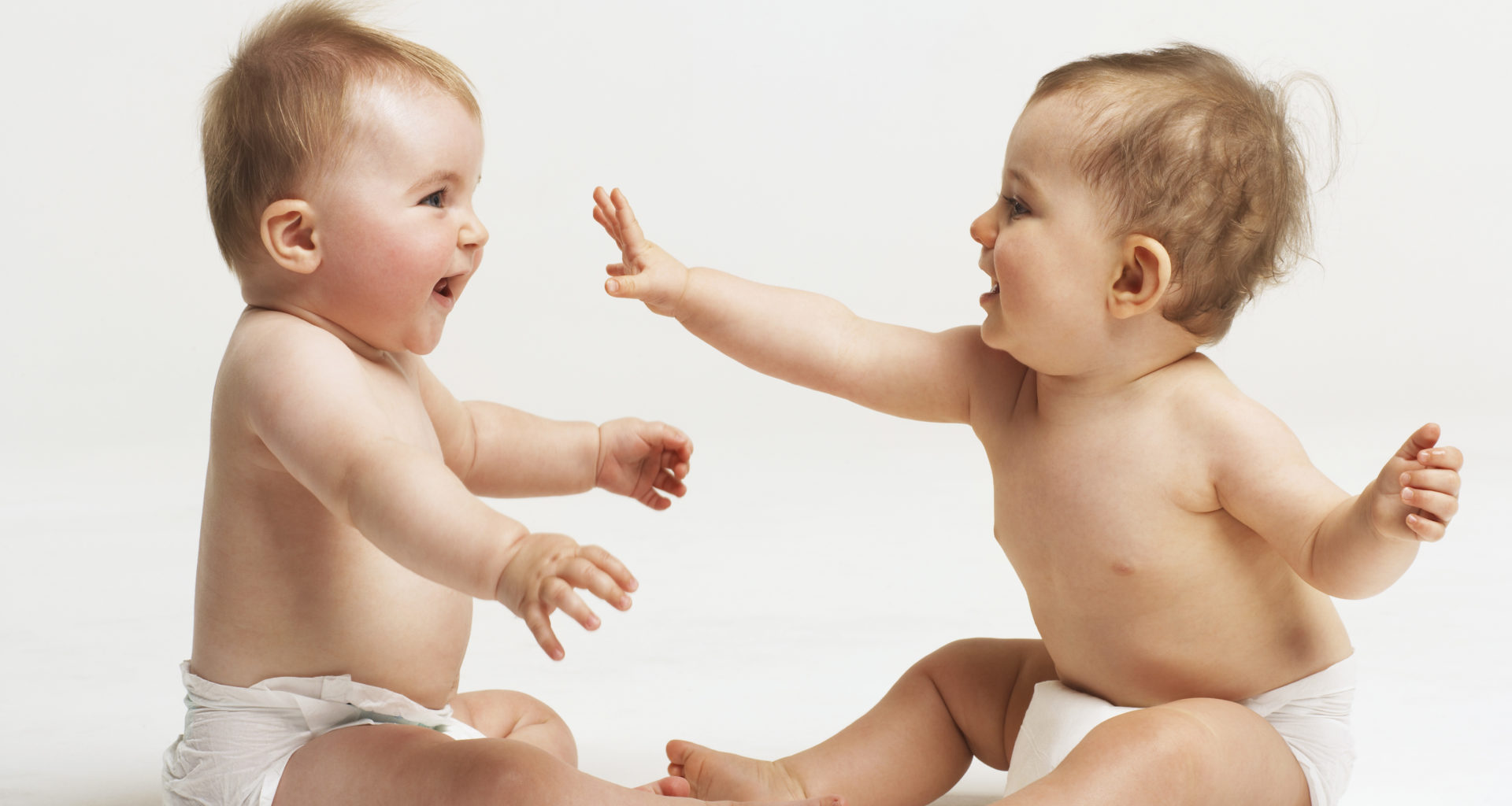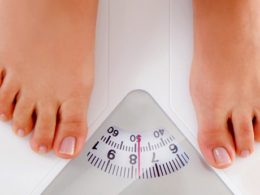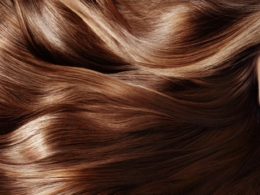Before, new parents only had very few choices when it comes to diapers. The norm is to just use plain white cotton diapers locked with safety pins or go for the bulkier and expensive option—disposable diapers. While cloth diapers are hands-down cheaper than their disposable counterparts, you’ll find that the latter tends to have a lot more following due to the convenience it offers.
But times have already changed. Now, aside from the fact that a lot more fathers are getting used to changing their kids’ diapers, but all parents have a wide range of options when it comes to what kind of diapers to use. Sure, the good ol’ plain cloth diaper system is still around, but there are also other kinds of diaper systems that make the entire process convenient—and a whole lot expensive. Now, busy parents have the option of taking their cloth nappies to a diaper service station which takes their dirty diapers away and give them a new supply of clean ones.
The face of disposable diapers has evolved too! Gone are the days when diapers look really bulky, thanks to the introduction of super-absorbent polymers which greatly reduced their size and bulk; plus they now come in a variety of colors and designs.
Disposable Diapers
This type of diapers has been the default choice of many busy parents all over the world. However, disposable diapers can cost a lot of money and has a way of taxing the environment too. But for most parents, the convenience of being able to change and toss a used diaper into the garbage bin rather quickly, more than makes up for the money they’re shelling out for it.
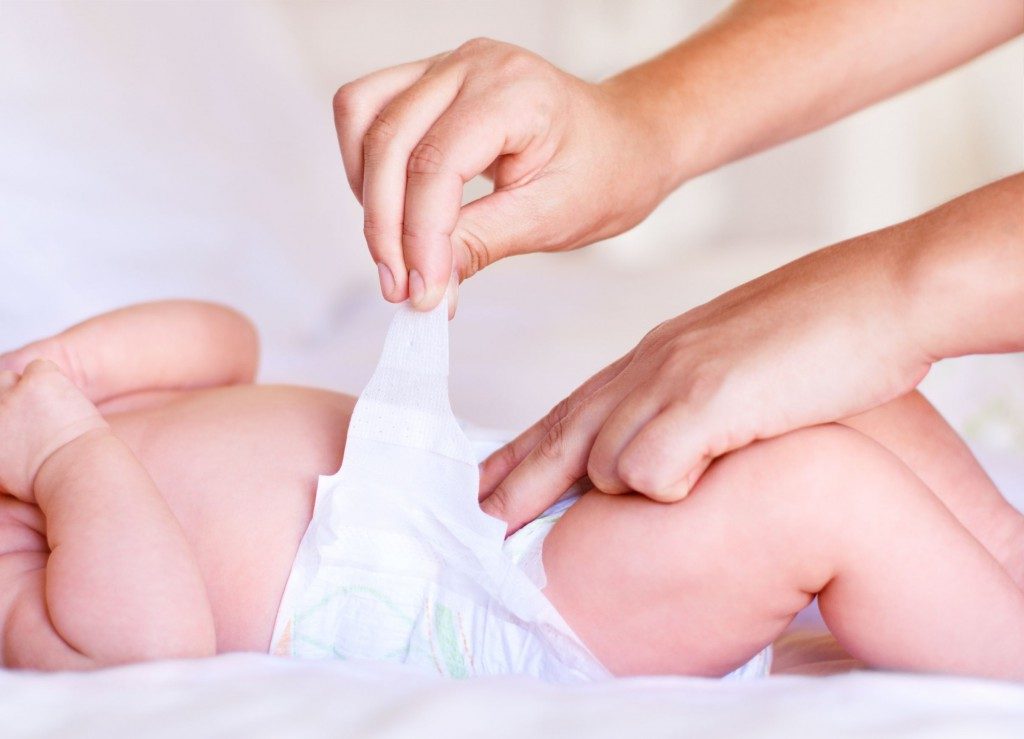
Types of Disposable Diapers
Biodegradable.
This is a rather confusing/misleading marketing spin coming from manufacturers of disposable diapers. According to the Federal Trade Commission (FTC), even a diaper manufacturer claims that their product is composed of materials that can be broken down in the long run, chances are, used diapers will essentially remain unchanged for years to come, in landfills or composts all over the land. They do not really biodegrade when chucked into the trash bin and can only be safely home composted if they don’t contain any solid wastes.
Fragrance and Dye-Free.
There are babies who can b allergic to dyes or fragrances and diaper manufacturers certainly took this into consideration. Note though that these kinds tend to be pricier than the regular ones.
Chlorine-free.
A lot of disposable diapers are being treated with chlorine in order for it to appear whiter or cleaner. However, the process can leave residues that are said to be cancer causing. They are also said to inflict certain damages to the immune and reproductive systems. Studies have shown though that the amount of these residues being left on disposable diapers are minute and not nearly enough to cause any damages, but if you’re the type who are real cautious about these things, then you may start opting for chlorine-free ones, which are of course a tad more expensive than the others.
Cloth Diapers
Cloth diapers may no longer be as popular as before, but they are certainly making an attempt for a comeback. In the past, the cloth diaper’s biggest edge over the others is its inexpensive cost. However, its biggest con is the amount of work entailed in using it.
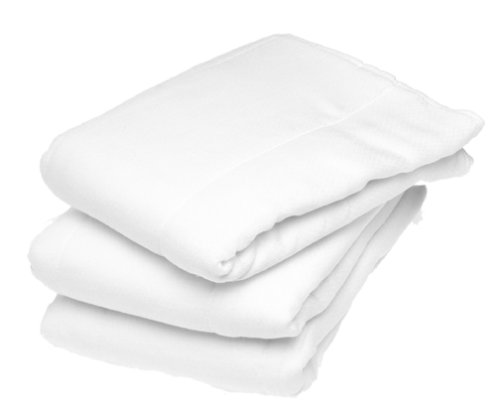
Types of Cloth Diapers
Who would have thought that cloth diapers come in so many types?
Prefold.
These are your basic cloth diapers—flat rectangular piece of cloth that is usually thicker in the middle part.
Fitted.
These are created much like a disposable diaper—leg and back elastics, layers of absorbent materials, and hooks and snaps to keep them in place. But unlike the disposables, these don’t come with an outer layer that’s waterproof, so they still need a separate cover.
All-in-one.
This one looks like a fitted diaper and comes with a built-in waterproof outer layer which removes the need for a separate outer cover. It makes for a relatively easier diaper change which is why a lot of day care centers prefer its use.
Pocket.
This type has two parts—elastic legs with snaps and fasteners for the outer part, and a removable insert. The outer shell also has two layers: the outer part which is waterproof, a soft inside lining with a pocket opening. The insert can be tucked into this pocket and keeps moisture away from the baby’s skin.
Cloth diapers are almost nearly free of synthetic fragrances and chlorine bleach. They are also less likely to contain toxic substances compared to their disposable counterparts.
The question “which type is best for babies?” does not come with any single answer. Ultimately, it will depend on what is of value to the parents. If its price, then cloth diapers are the ones with the advantage. If convenience, then disposables have the slight upper hand. If being environment-friendly is your concern, then cloth diapers can be a good option. There are environment-friendly disposable diapers but you’ll have to pay a slightly higher price for those.
